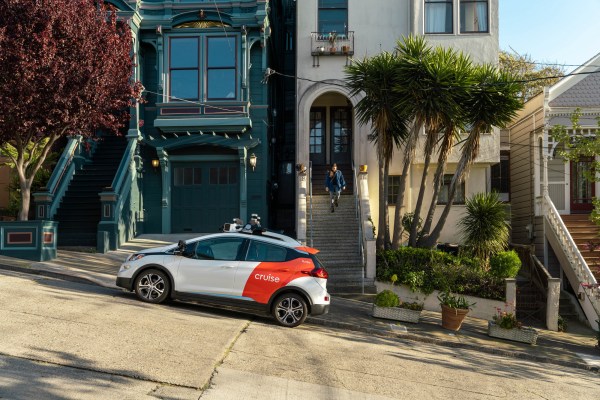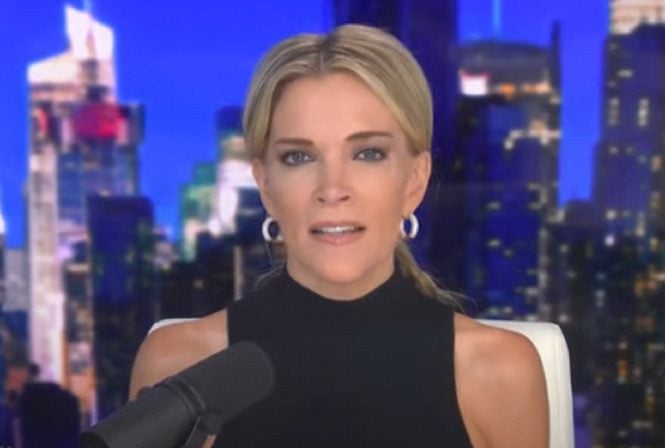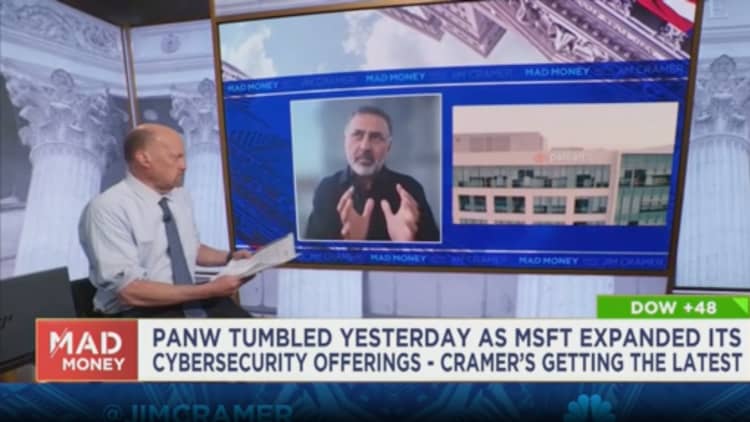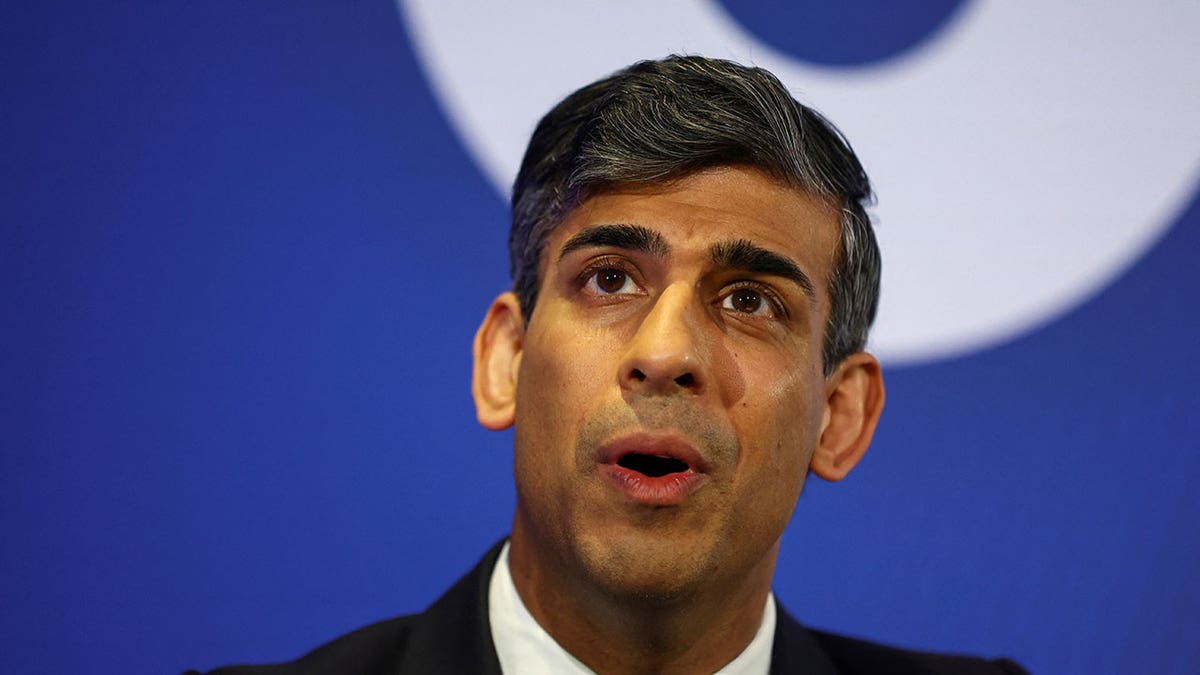
Cruise, the self-driving car subsidiary of GM, has been asked to reduce its robotaxi fleet by 50% in San Francisco following a crash Thursday night with a fire truck.
The California Department of Motor Vehicles, the agency that regulates the testing and deployment of autonomous vehicles in the state, requested the reduction in operations. The state agency said it is investigating “recent concerning incidents” involving Cruise vehicles in San Francisco. It called for Cruise to reduce its fleet by 50% and have no more than 50 driverless vehicles in operation during the day and 150 driverless vehicles in operation at night until the investigation is complete.
“Safety of the traveling public is the California DMV’s top priority,” the DMV said in a statement issued Friday evening, adding that it has the right, following the investigation to suspend or revoke testing and/or deployment permits if it determines there’s an unreasonable risk to public safety. “The primary focus of the DMV’s regulations is the safe operation of autonomous vehicles and safety of the public who share the road with these vehicles.”
Cruise told TechCrunch it is complying with the request. Cruise also issued a blog post giving the company’s perspective of how and why the crash occurred.
“Over one hundred people lose their lives every day on American roadways, and countless others are badly injured, Cruise said in a statement sent via email. “We believe it’s clear that Cruise positively impacts overall road safety, and look forward to working with the CA DMV to make any improvements and provide any data they need to reinforce the safety and efficiency of our fleet.”
Cruise has had a series of snafus, including at least 10 of its driverless cars reportedly stalling and blocking traffic, which threatens to derail its commercial plans. The string of glitches come just a week after winning approval from the California Public Utilities Commission to expand commercial operations in San Francisco.
The CPUC, the agency that regulates ride-hailing operations including those involving robotaxis, approved Cruise and Waymo on August 10 for final permits that allow the companies to operate 24 hours a day, seven days a week, expand their fleets and charge for rides throughout the city.
The latest Cruise incident occurred Thursday night when a Cruise robotaxi and an emergency vehicle crashed and left a passenger injured. Cruise said in a social media post that one of its self-driving Chevy Bolt EVs entered an intersection on a green traffic light at Polk and Turk streets when it was struck by an emergency vehicle that appeared to be en route to an emergency scene.
Earlier this week, the San Francisco City Attorney David Chiu filed motions with the CPUC to pause Cruise and Waymo’s plans to charge for robotaxi rides in the city at all hours. Chiu’s arguments parallel comments made by residents and other city officials during a public hearing ahead of the CPUC’s vote.


























































